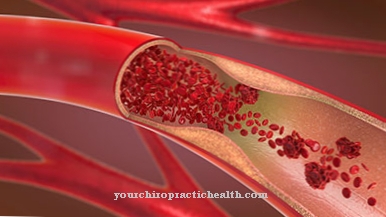Occurrence & cultivation of purslane

The origin of the Purslane can no longer be verified. It is reasonable to assume that the plant originally came from Asia Minor and the Mediterranean region. Today Portulaca oleracea can be found worldwide in the climatically temperate zones. In Germany, the annual plant grows mainly in the center and south, only rarely in the north. The plant thrives on nutrient-rich sandy and clay soils, loves warmth and sun.
In the cold and at night, the leaves fold up. The undemanding herb spreads in a star shape close to the ground. It can be found on the edges of fields, in fields, on roadsides, in cracks in the pavement and on railway embankments. The plant can be grown in the garden as well as in pots on the windowsill. Purslane is one of the pioneering plants that also spread in areas free of vegetation.Due to its rapid reproduction, it is the eighth most common plant species on the globe, it can be harvested several times a year.
The first harvest can take place just four weeks after sowing. The purslane appears in different shapes depending on its location. The herb grows up to 30 centimeters high, cultivated plants up to 40 centimeters and is covered with small yellow flowers from June to October. One of the phenomena of purslane is its unique ability to switch back and forth between two different photosynthesis (C4 and CAM), depending on the environmental conditions.
Effect & application
Purslane has been known as a food plant for thousands of years, as well as a medicinal plant and wild vegetables. Purslane was mentioned as early as 800 BC. From an old script it emerged that the Babylonian king Merodach-Baladan valued it as a medicinal herb and had it grown in his herb garden. In the Middle Ages, it was the botanist and doctor Tabernaemontanus who recommended purslane against heartburn and inflammation of the gums in his herbal book of 1588.
Since it produces a harvest several times a year, it can be used from early summer (around June) until autumn. The young leaves have a sour, fresh, slightly salty and slightly nutty taste. The older leaves are used less often because of their bitter taste. It is therefore advisable to harvest before flowering. The flower buds can be used in vinegar as a substitute for capers. Fresh purslane spices soups, dips, broths, egg dishes, quark and sauces.
The salt content makes the usual household salt almost superfluous. Leaves and stems are added to lettuce and vegetables. Purslane is also suitable as an independent vegetable. It is scalded, chopped and steamed and served with fish or meat. It is even used for gratinating. The seeds of purslane are rich in fat and protein. Ground you can season the flour that is used to bake bread.
The herb plant cannot be stored and is not suitable for drying or freezing. Therefore, purslane cannot be used as a tea. It is best processed and consumed immediately after harvest. It can be kept in the refrigerator for a maximum of three days. The leaves can be preserved by soaking them in vinegar or salt, although some of the aroma is lost.
Importance for health, treatment & prevention
The importance of the plant for European medicine has declined. Traditional Chinese medicine, which uses purslane against arteriosclerosis and lipid metabolism disorders, is different. However, to a lesser extent, naturopathic medicine still uses the plant, especially the fresh parts of the herb. Purslane juice from pressed leaves helps against indigestion, heartburn and gastrointestinal inflammation.
It also treats headaches and nervousness. The medicinal herb is also said to have a cough-relieving and fever-lowering effect. Purslane in capsule form is used homeopathically against high blood lipid levels. The richness of vitamins in Portulaca oleracea is undisputed. Due to the large amount of vitamin C, the plant was once chewed against scurvy. Today it is suitable as a cure in spring against springtime fatigue, for blood purification and to activate the immune system.
To increase the effect, purslane can be mixed with dandelion and nettle to make a juice cocktail. Freshly squeezed juice is also said to help against worms. The healing effect of purslane is mainly due to the high content of vitamins, minerals and flavonoids. A vitamin deficiency can be compensated in a natural way with the herbs. In addition to vitamin C, it contains vitamins A, B1, B2, B6 and E, as well as minerals, mucilage and trace elements such as magnesium, calcium, sodium, phosphorus, potassium, zinc and iron, as well as flavonoids.
These secondary plant substances can have an anti-cancer effect. The mucilage in purslane develops its protective effect, especially in the gastrointestinal tract, regulates bowel movements, lowers blood sugar and binds toxins. The omega-3 fatty acids, which the purslane has in abundance, are also important. As essential substances, they are important for human nutrition because the body cannot produce them itself. Studies have repeatedly shown that the fatty acids prevent cardiac arrhythmias, heart attacks, strokes and coronary heart diseases. They also promote blood circulation and have a positive effect on blood pressure and vascular functions.


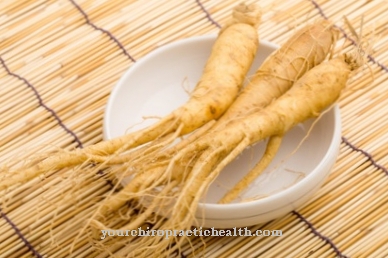



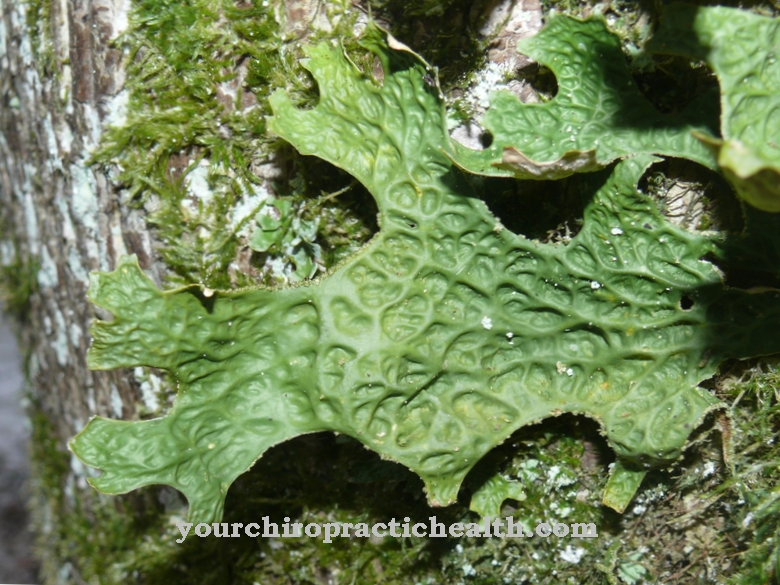


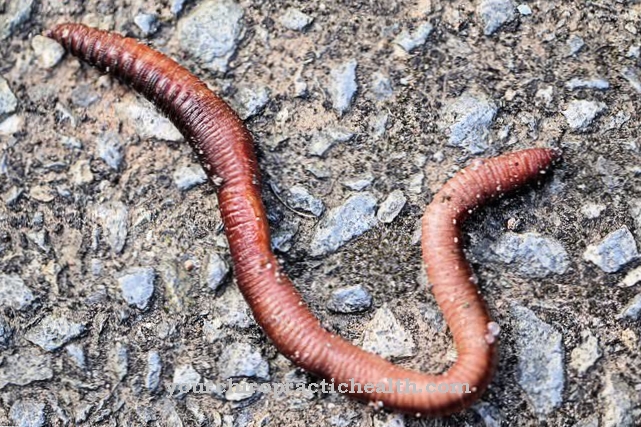

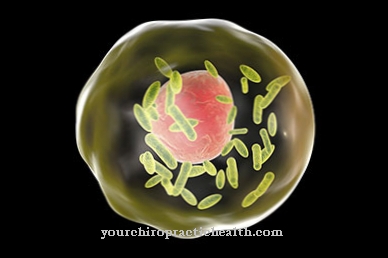
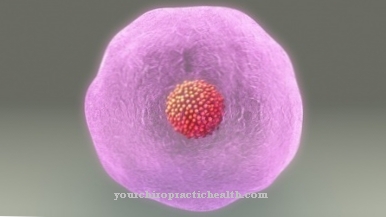




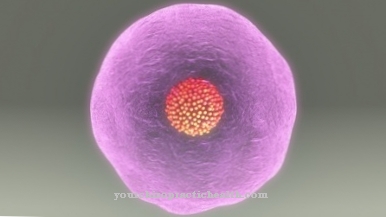

.jpg)







